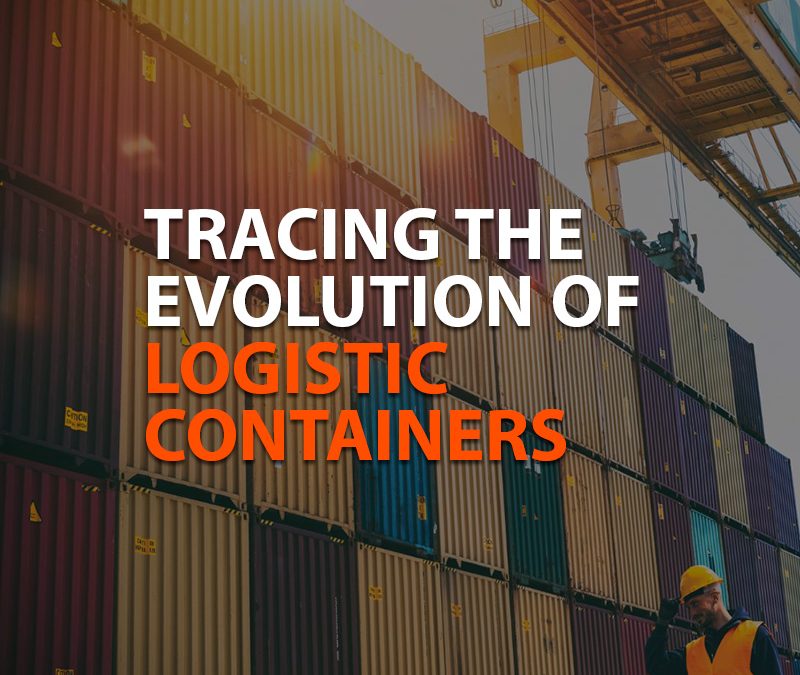The unassuming logistic container might not grab headlines like the latest gadgets or breakthroughs, but its impact on global trade and commerce has been nothing short of revolutionary. Let’s embark on a journey through history to explore the evolution of logistic containers and their pivotal role in shaping the modern world of logistics.
1- Pre-Container Era: Chaos and Inefficiency
Before the advent of the standardized logistic container, transporting goods internationally was a laborious, time-consuming endeavor. Cargo was loaded and unloaded manually, often leading to damages, theft, and excessive delays. This pre-container era was marked by inefficiency, high costs, and unpredictable logistical nightmares.
2- Birth of the Container: A Game-Changing Idea
The concept of a standardized container was first proposed by trucker Malcolm McLean in the 1950s. His vision was to create a durable, stackable, and universally applicable container that could be seamlessly transported across various modes of transportation – from ships to trains to trucks. This idea marked the birth of the modern container, and it wasn’t long before it transformed the global logistics landscape.
3- Standardization and Global Adoption
In 1956, the first fully loaded container ship, the SS Ideal X, set sail from Newark, New Jersey, to Houston, Texas. This voyage marked the beginning of a new era in logistics. The introduction of standardized containers allowed for easier handling, reduced transit times, and significantly lower shipping costs. As ports and infrastructure adapted to accommodate these containers, international trade began to flourish like never before.
4- Containerization’s Impact on Trade and Economy
Containerization’s impact on global trade cannot be overstated. It played a pivotal role in facilitating the rise of globalization, enabling products to be manufactured in one part of the world and consumed in another with unprecedented efficiency. This transformation led to increased economies of scale, reduced waste, and a dramatic reduction in the cost of consumer goods.
5- Technological Advancements and Automation
As technology evolved, so did the containerization process. Automated container terminals equipped with robotic cranes became the norm, drastically improving efficiency and reducing the potential for human error. Container tracking systems, GPS, and real-time communication further streamlined logistics operations and allowed for better monitoring of shipments.
6- Environmental Considerations
While containerization brought tremendous benefits to global trade and logistics, it also highlighted certain environmental concerns. The proliferation of single-use plastics and the carbon footprint of transporting goods over long distances have led to discussions about sustainable practices in container shipping. Innovations like eco-friendly materials, efficient route planning, and advancements in renewable energy sources are reshaping the future of container logistics.
The history of logistic containers is a tale of transformation. From the chaotic and inefficient pre-container era to the global efficiency and interconnectedness of today, the evolution of these unassuming boxes has had a profound impact on how goods are transported and economies are interconnected. As technology continues to advance, we can only imagine what new chapters the history of logistic containers will unveil. 🌐📦🚀






